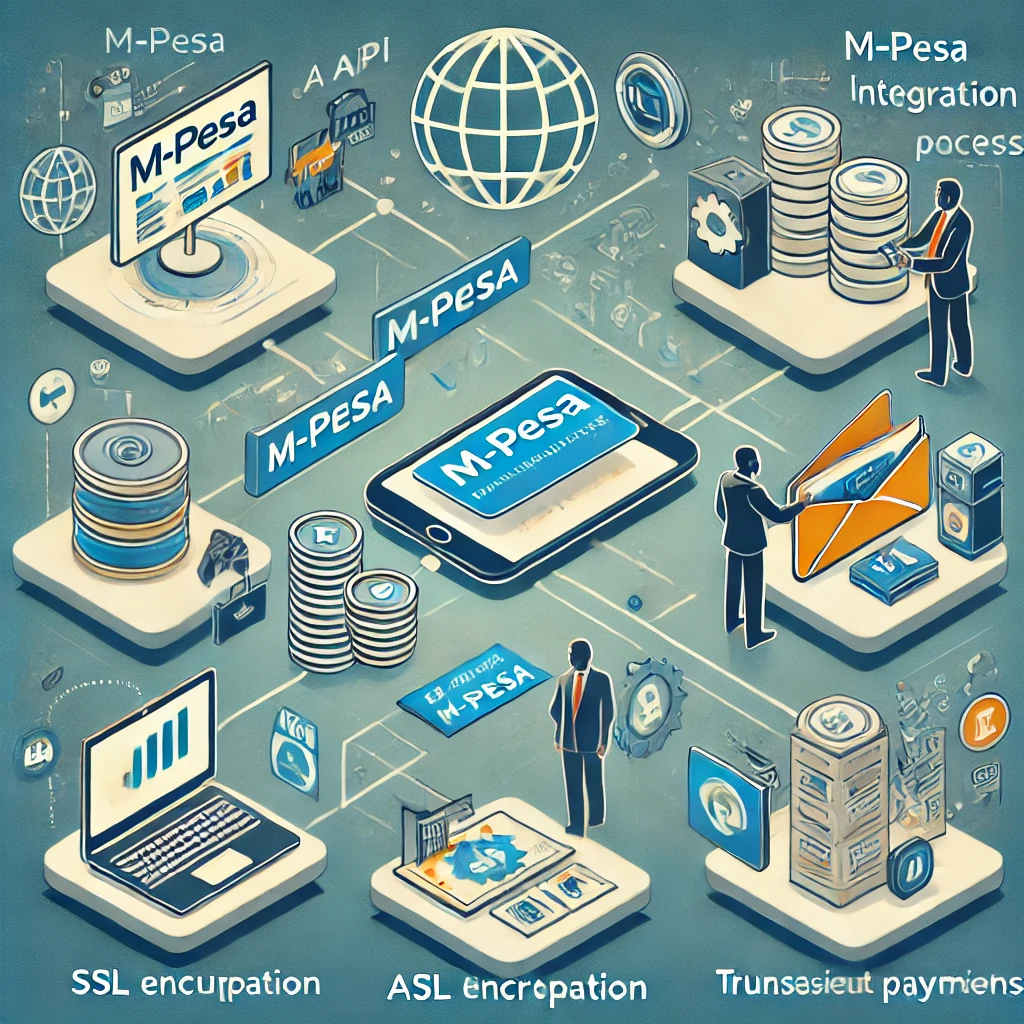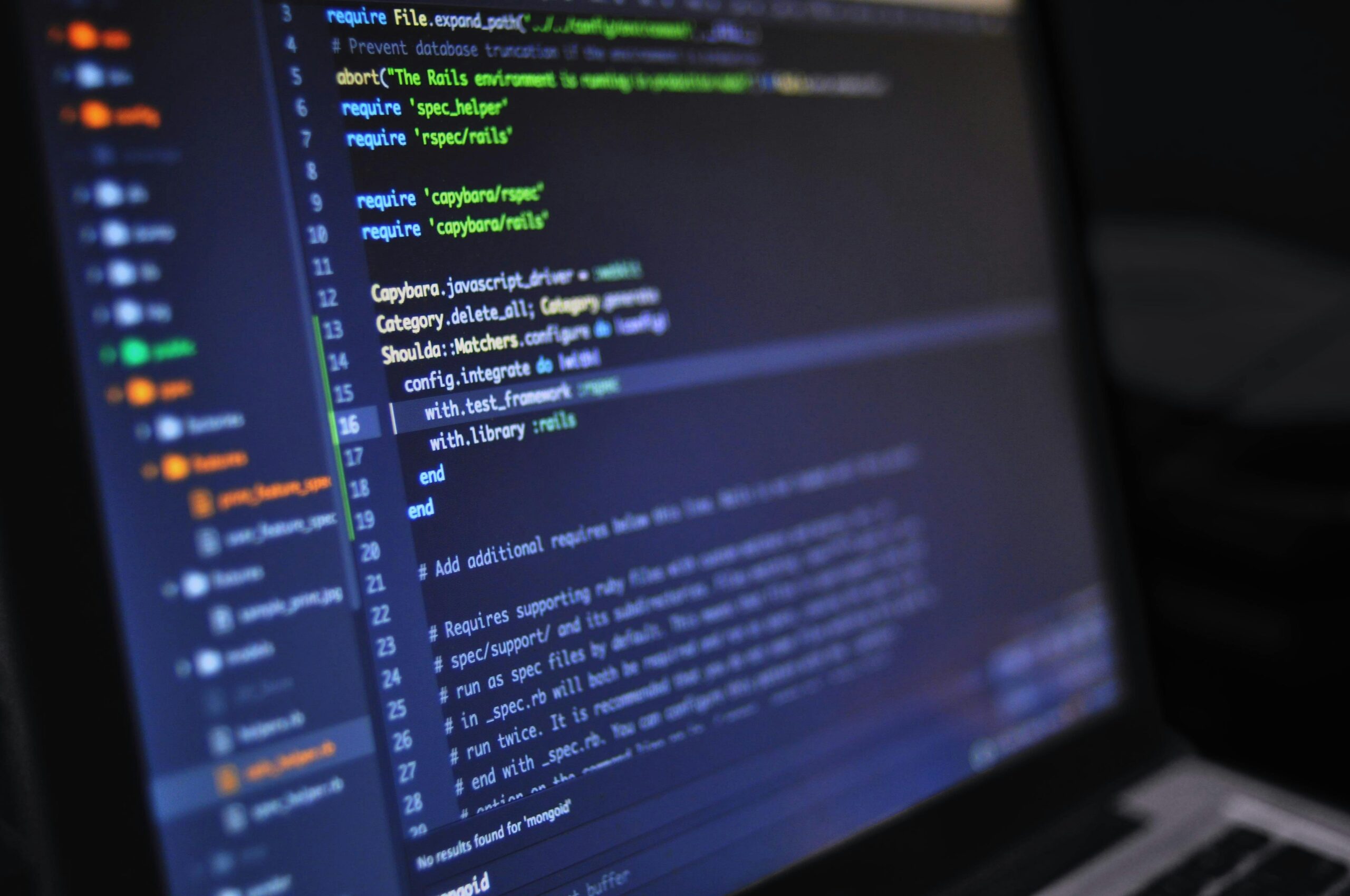No products in the cart.
Get to Know Robotics and AI: 5 Surprising Facts
Introduction
Robotics and artificial intelligence are two of the most rapidly advancing technologies in the world today. In some ways, they are still in their infancy. But despite their young age, they are already accomplishing a greater deal.
To help you get to know these technologies a little better, we’ve put together a list of 5 surprising facts about robotics and AI. Check it out below!
What Are the Differences Between Robots and AI?
There are a lot of misconceptions about the differences between robots and AI. Many people think that they’re one and the same, while others believe that robots are just a specific type of AI. So, what’s the difference?
Put simply, robots are machines that are able to carry out specific tasks, while AI is the ability of machines to learn and evolve on their own. In other words, robots are programmed to do a certain thing, while AI can learn and adapt over time.
Get to Know Robotics and AI: 5 Surprising Facts
Here are the 5 surprising facts about robotics and AI that you probably didn’t know.
Get to know them better and their use in our modern industries.
1. Robots Have a Range of Applications
Did you know that robots are used in a variety of industries and have a range of applications? Here are some examples:
- In manufacturing, robots aid in tasks such as welding, assembling and painting.
- In the health industry, robots aid in tasks such as surgery, pharmacy dispensing and patient care.
- In agriculture, robots aid in tasks such as crop monitoring and harvesting.
- In the military, robots aid in tasks such as bomb disposal and reconnaissance.
2. AI Can Improve Decision-Making
Robots and artificial intelligence are becoming more and more common in our lives, and chances are you’re already using AI without even realizing it. AI is employed in everything from online search engines to fraud detection.
But what about in the business world? AI is becoming increasingly common there, as well. It can help with tasks like target marketing, price optimization and even human resources. But one of the most important ways AI can help businesses is by improving decision-making.
With the help of AI, businesses can process huge amounts of data much more quickly than a human ever could. This helps them make better, faster decisions that can have a real impact on their bottom line.
3. Robotics Has Experienced Rapid Growth
There has been an exponential in robotics growth in the last decade, and it’s no surprise why. In fact, the global robotics industry is expecting to exceed $153 billion by 2024. That’s more than double the $72 billion in 2018.
Industrial robots are now being used in more industries than ever before, from construction to logistics to healthcare. There are even robotic chefs now, which use AI algorithms to learn recipes and cook meals. Similarly, robots are being used for surveillance and security purposes or in hazardous settings where humans cannot go.
This rapid trend of robot adoption has only accelerated with manufacturers and government officials turning to robots to help with the Covid-19 pandemic by delivering medical supplies, taking temperatures at airports, and even disinfecting public spaces. As technology advances and robotics become more accessible, it’s clear this trend will continue for years to come.
4. AI Is Being Used to Develop New Technologies
When you think of AI, you might image a robot in a white lab coat. While robots are certainly part of the AI world, they aren’t the only players. Artificial intelligence is being used to develop new technologies that could revolutionize everything from healthcare to business. That’s right – AI isn’t just helping scientists to create new things – it’s actually becoming part of the creative process!
Take for example, autonomous vehicles. Self-driving cars are powered by an AI system, which uses sensors and cameras to detect obstacles and plan the safest route for a vehicle. This technology has been developed through AI research and could drastically reduce traffic deaths and help cities become more efficient.
Similarly, an AI system is being used by surgeons to help with complex operations. With this technology, a surgeon can receive real-time feedback on the delicate movements they make during surgery, and make adjustments as needed – an incredible feat that would not be possible without AI!
5. The Effects of Robotics and AI on the Job Market
Robotics and Artificial Intelligence (AI) can have a big impact on the job market. While some jobs are completely automated by robots and AI, others are replacing but not necessarily eliminating entirely. This means that people need to do some re-training for new jobs or given new responsibilities in existing roles.
For example, as robots are able to do more repetitive and labor-intensive tasks, then people might be assigned to oversee the robots or to handle other tasks that require creativity and new thinking. Or, AI may be used to take over certain parts of a person’s job while they continue in their role, such as customer service reps who use AI-powered chatbots to answer customer inquiries quickly and accurately.
In either case, these changes can mean added stress for workers who may need to learn new skills or adjust their existing ones , but it also presents a great opportunity for growth! With the right training and support, robotics and AI have the potential to drastically reshape the job market for the better – opening up more diverse career paths than ever before.
Conclusion
When it comes to robotics and AI, there’s still a lot we don’t know. But that doesn’t mean there aren’t some pretty interesting things to learn about these technologies. Here are 5 surprising facts about robotics and AI.





